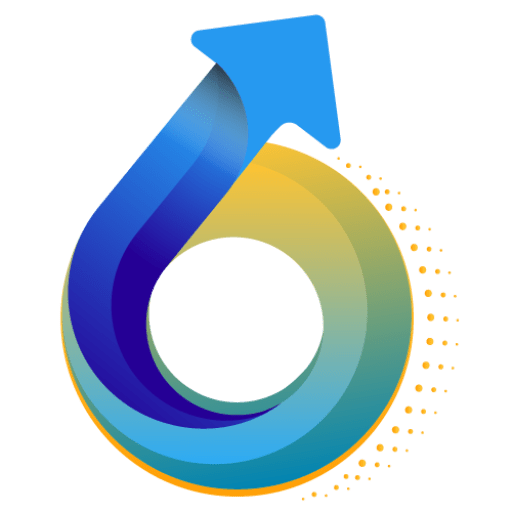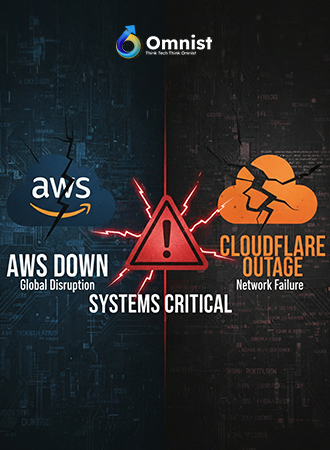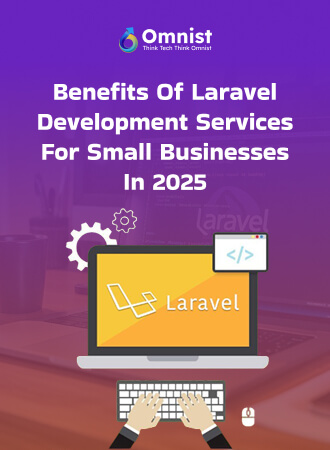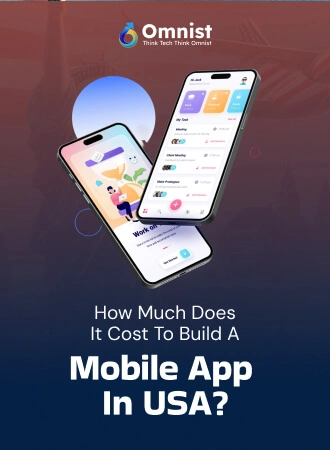Software Development 29 Apr, 2024
Choosing the Right Project Management Methodology: Agile vs. Waterfall

In the realm of software development, choosing the appropriate project management methodology is paramount to the success of any project. Two popular methodologies that often stand in contrast are Agile and Waterfall. Each has its own set of principles, processes, and benefits. Understanding the differences between Agile and Waterfall is crucial for software development companies to make informed decisions about which approach best suits their projects. Let’s delve into the characteristics of each methodology and explore when it’s appropriate to use Agile or Waterfall.
Waterfall Methodology:
The Waterfall methodology follows a linear progression through defined phases, including requirements gathering, design, implementation, testing, deployment, and maintenance. Each phase completed before moving on to the next phase, resembling a cascading waterfall.
Pros of Waterfall:
- Clear Structure: Waterfall provides a well-defined structure with distinct phases, making it easy to understand and plan for.
- Documentation: Extensive documentation is produced at each stage, ensuring a thorough understanding of requirements and project scope.
- Predictability: With its sequential nature, Waterfall offers predictability in terms of timelines, budgets, and deliverables.
Cons of Waterfall:
- Limited Flexibility: Once a phase is completed, it’s challenging to revisit or make changes without disrupting the entire process.
- Late Feedback: Stakeholder feedback is typically gathered at the end of the project, potentially leading to significant rework if requirements are misunderstood.
- Risk of Scope Creep: Requirements may evolve throughout the project, leading to scope creep if not addressed early on.
Agile Methodology:
Agile is an iterative and incremental approach to the project management. It emphasizes flexibility, collaboration, and continuous improvement. Agile projects are divided into small iterations, typically lasting 1-4 weeks, where cross-functional teams work collaboratively to deliver the working software.
Pros of Agile:
- Flexibility: Agile allows for changes and iterations throughout the project, enabling teams to adapt to evolving requirements and market conditions.
- Early and Continuous Delivery: Working software is delivered incrementally, providing stakeholders with early visibility and opportunities for feedback.
- Stakeholder Engagement: Stakeholders are actively involved throughout the project, providing feedback and prioritizing features based on value.
Cons of Agile:
- Resource Intensive: Agile requires a high level of collaboration and communication, which can be resource-intensive for larger teams or distributed teams.
- Documentation Challenges: Agile prioritizes working software over comprehensive documentation, which may lead to challenges in maintaining documentation for future reference.
- Risk Management: Agile’s adaptive nature may pose challenges in managing risks, particularly if requirements change frequently or if there is a lack of clear direction.
Choosing the Right Methodology:
The decision between Agile and Waterfall should be based on various factors, including project size, complexity, customer involvement, and organizational culture.
Use Waterfall for:
- Projects with properly defined requirements and minimal expected changes.
- Projects where predictability and strict adherence to timelines are critical.
- Projects where documentation and regulatory compliance are paramount.
Use Agile for:
- Projects with evolving or unclear requirements that benefit from frequent feedback and iterations.
- Projects requiring rapid delivery and adaptation to changing market conditions.
- Projects where collaboration and customer satisfaction are top priorities.
In many cases, a hybrid approach that combines elements of both methodologies may be the most suitable option, allowing teams to leverage the strengths of each while mitigating their respective weaknesses.
Omnist TechHub Solutions employs both Agile and Waterfall methodologies to deliver projects effectively. While Agile and Waterfall present differing approaches to project management, neither holds inherent superiority. The crucial factor is understanding the specific requirements and constraints of each project and selecting the methodology that best aligns with those factors. By making informed decisions regarding project management methodologies, software development companies can enhance their ability to deliver successful outcomes for their clients and stakeholders.
 }})
 }})






